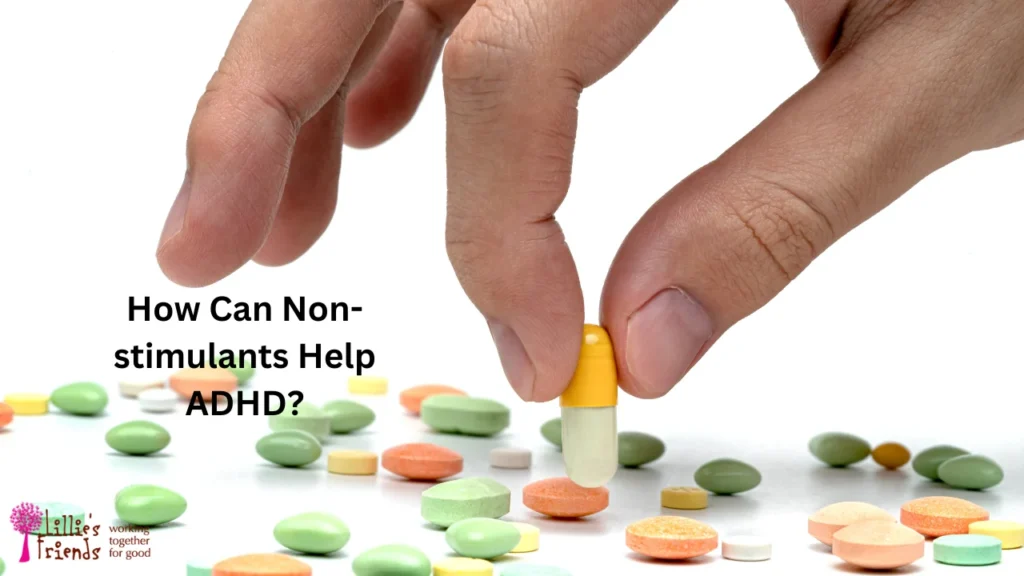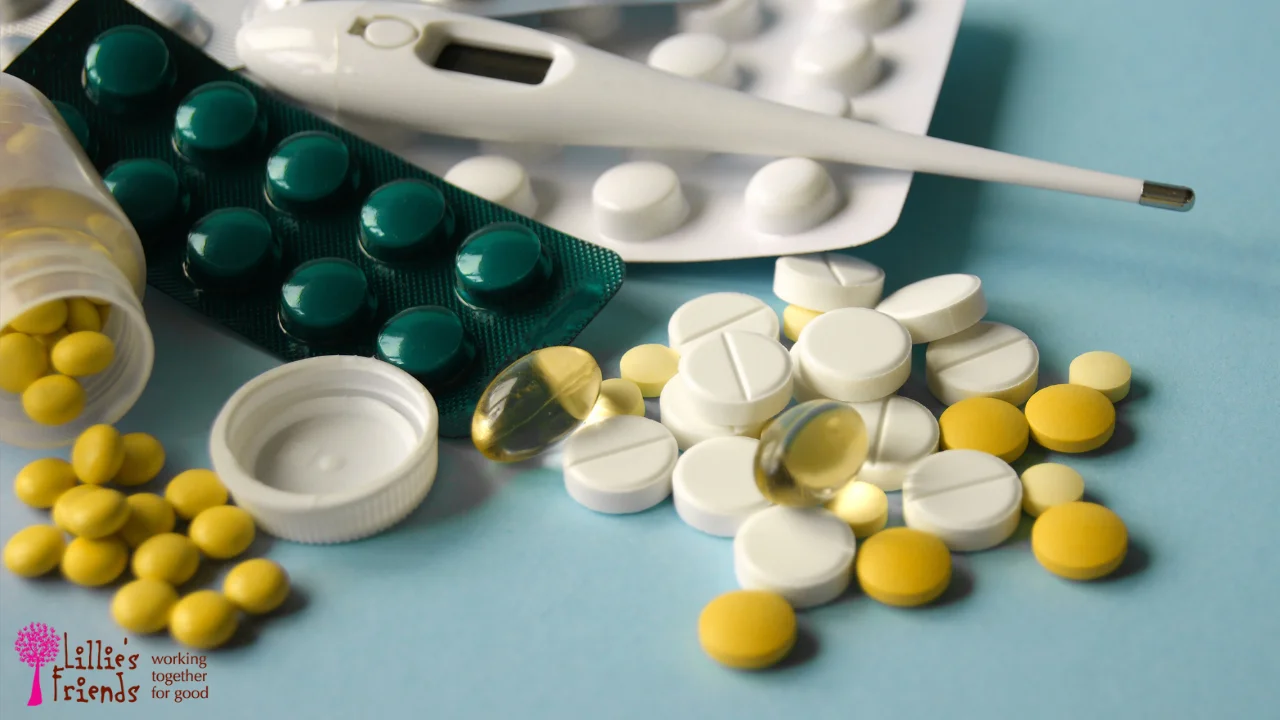The medicines listed on this website are only there to give you knowledge. Just because they are on the list doesn’t mean that anyone will be given them; in the end, treatment decisions are up to the healthcare workers. The medicines on this list are not all of them. Doctors may recommend other drugs, even ones that don’t contain stimulants, depending on the patient’s specific health needs and circumstances.
Stimulants may not be as effective as anticipated for certain ADHD patients. Non-stimulant ADHD drugs may be used in conjunction with or instead of stimulants. Non-stimulant drugs offer less negative effects and are preferred if an individual has a lengthy history of addiction.
Even while stimulant and non-stimulant medications treat the same symptoms, they do so in different ways. This essay will teach you more about the mechanisms of action of various drugs and how they specifically aid persons with ADHD.
How Can Non-stimulants Help ADHD?
If a patient with ADHD does not respond to stimulant medication or has too many side effects, non-stimulants are a second-line choice. Non-stimulant medicines provide similar results as stimulants: they lessen ADHD symptoms, including impulsivity and aggressiveness.

Non-stimulant ADHD medications take one to six weeks to have their full impact. They stimulate the prefrontal cortex (which regulates ideas, behavior, and emotions) and strengthen its connections to other brain areas. This improves adults’ focus and reduces impulsivity and hyperactivity. Furthermore, the drug’s efficacy is shown by maintained concentration, enhanced mood, greater attention to detail, improved memory, and better sleep.
Changing ADHD Medication: Stimulants or Non-stimulants
Some people may not respond well to the same dose of ADHD medication. Sometimes the medicine has to be modified more than once. Finding the right dosage and timing might take many weeks or more. However, if these changes are inadequate, your doctor may opt to alter medications within the class or to use a different kind. This might be a transition from a stimulant to a non-stimulant, or vice versa.
Before switching between stimulants and non-stimulants, read the following information to better understand the differences.
| ADHD Stimulants. | Non-stimulants |
| These are the most regularly recommended drugs for ADHD. | Non-stimulants are a newer, second-line therapeutic alternative. |
| Target dopamine and norepinephrine, which are key brain neurotransmitters. | Examine norepinephrine. |
| Enhance motivation and executive function. | Improve executive function. |
| Because of their potential for abuse, they are federally restricted drugs. | They are not restricted drugs, thus the patient is less prone to develop an addiction. |
FDA-approved non-stimulant ADHD medications for adults
Non-stimulant medications are classified as alpha agonists or norepinephrine modulators based on how they affect the brain. Both have obtained FDA clearance to treat ADHD patients. The following list comprises the finest non-stimulant ADHD drugs for adults, which are the most often prescribed and FDA-approved options:
Other non-stimulant medications for ADHD.
Aside from those FDA-approved for usage, other non-stimulant drugs are classified as follows:
To sum up
Non-stimulant ADHD treatments provide various benefits to stimulants, including the lack of adverse effects such as agitation, sleeplessness, and reduced appetite. Furthermore, they have a longer-lasting and progressive impact than many stimulants, which might start acting and then quit rapidly. Above all, because of the low risk of misuse or addiction, non-stimulants are sometimes preferred over stimulants.
Consult a healthcare expert to ensure you choose the correct drug.


0 Comments